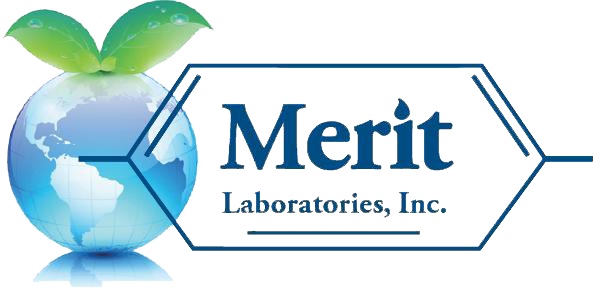The U.S. House passed the PFAS Action Act of 2021. The legislation would require the U.S. EPA to administer a national primary drinking water standard for PFAS chemicals within two years. Some of the specific bill highlights include restricting industrial discharges of PFAS; allocating $200 million annually for wastewater treatment; and limiting the incineration of PFAS wastes.
According to Congresswoman Mikie Sherrill (NJ) , the act requires the U.S. EPA to use tools under several environmental statutes to:
Stem the flow of PFAS contamination into the environment by requiring cleanup of sites contaminated with PFOA and PFOS, setting air emission limits, prohibiting unsafe incineration of PFAS, and limiting the introduction of new PFAS chemicals into commerce;
Identify health risks by requiring comprehensive health testing for all PFAS, reporting of PFAS releases, and monitoring for PFAS in drinking water;
Inform communities of PFAS risks by requiring the EPA Administrator to develop a risk-communication strategy and establish a website with information on testing of household well water; and
Limit human exposure to PFAS by requiring a drinking water standard for PFAS that protects public health, including the health of vulnerable subpopulations like pregnant women, infants, and children, and holding polluters accountable;
The legislation also provides grants to impacted water systems, creates a voluntary label for cookware that is PFAS free, provides guidance for first responders to limit their exposures, and requires effluent limitations and pretreatment standards for PFAS introduction or discharge.
The PFAS Action Act would authorize $1 billion over five years for grants to owners and operators of publicly owned wastewater treatment facilities to help implement a PFAS pretreatment standard. It would also authorize $550 million over five years for a grant program to support the installation of new and existing treatment technologies.
According to an article published on July 21 in The Hill, the bill would allow the EPA five years to determine whether all PFAS — of which there are thousands should be designated as hazardous. In addition, to provide a review of the agency’s PFAS cleanup efforts. The EPA would also have 180 days to add PFOA and PFOS to the Clean Air Act’s hazardous pollutants list and would need to develop effluent limits for PFAS under the Clean Water Act.
The PFAS Action Act of 2021 is comprised of the following sections:
Sec. 1. Short title; table of contents.
Sec. 2. Designation as hazardous substances.
Sec. 3. Testing of perfluoroalkyl and polyfluoroalkyl substances.
Sec. 4. Manufacturing and processing notices for perfluoroalkyl and polyfluoroalkyl substances.
Sec. 5. National primary drinking water regulations for PFAS.
Sec. 6. Enforcement.
Sec. 7. Establishment of PFAS infrastructure grant program.
Sec. 8. Listing of perfluoroalkyl and polyfluoroalkyl substances as hazardous air pollutants.
Sec. 9. Prohibition on unsafe waste incineration of PFAS.
Sec. 10. Label for PFAS-free products.
Sec. 11. Guidance on minimizing the use of firefighting foam and other related equipment containing any PFAS.
Sec. 12. Investigation of prevention of contamination by GenX.
Sec. 13. Disclosure of introductions of PFAS.
Sec. 14. Household well water testing website.
Sec. 15. Risk-communication strategy.
Sec. 16. Assistance to Territories for addressing emerging contaminants, with a focus on perfluoroalkyl and polyfluoroalkyl substances.
Sec. 17. Clean Water Act effluent limitations guidelines and standards and water quality criteria for PFAS.
Sec. 18. School drinking water testing and filtration grant program.
Sec. 19. Analytical reference standards for PFAS.
Merit Laboratories is a leading national PFAS environmental laboratory, analyzing drinking water, soil, wastewater, groundwater, and other sample matrices, including biosolids and sludge. Analytical methods performed by Merit for PFAS include drinking water by EPA 533, EPA 537.1, and EPA 537 rev. 1.1, biosolids by ASTM D7968-17 with Isotopic Dilution, and soil, wastewater, groundwater, and surface water by ASTM D7979-19 with Isotopic Dilution and ASTM D7968-17.

